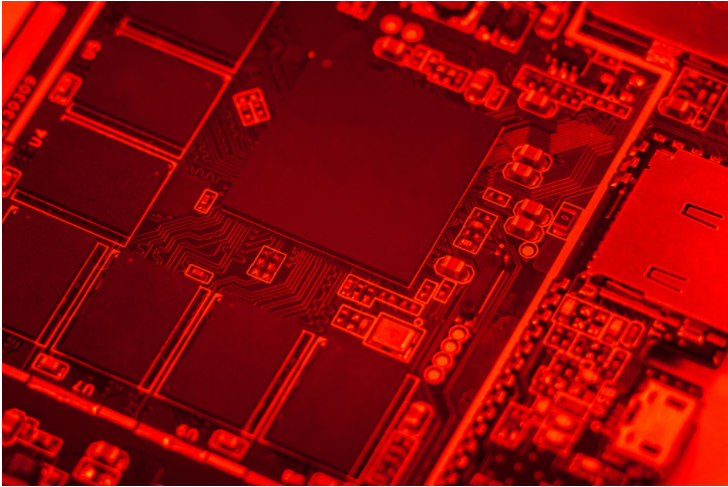Flexible PCB is defined as an arrangement pattern of integrated circuits and components using flexible materials. Here, the same components used to produce rigid printed circuit boards can be used to manufacture these flexible electronic components, but they should allow the flexibility of the circuit board during their application.
Some of the advantages provided by flexible PCBs include: light weight, high reliability, high ductility, and space saving. However, the inventor/designer must be prepared for its complexity and complexity.
In addition to the designer being responsible for the mechanical complexity associated with the flexible circuit, there is not much difference between a flexible PCB and a rigid board in the design stage. For example, if the flexible PCB is bent beyond its performance, it will tear during installation.
Therefore, to create a mechanical model of the PCB and test it before electrical design, coordination is very important. In addition, this will include any misalignment, repair and ergonomic testing of the installation. In addition, designers need to understand the different available flexible circuits and their working principles.
Types of flexible PCB
According to its application, there are different types of existing flexible PCBs. Among them, flexibility, high-density interconnection (HDI) flexibility and rigidity are the most prominent.
The flexibility and vibration resistance of these PCBs make them unique and distinctive. They are the most common flexible versions of existing rigid PCBs. Their additional features are accompanied by the usual repeatability, high density and reliability that rigid PCBs already provide.

The ability of flexible circuits to adopt three-dimensional configurations is the main advantage of rigid PCBs. One of the most common applications for flexible PCBs is to replace wiring harnesses.
Rigid-Flex PCB
These PCBs are a combination of flexibility and rigidity. Although some unique abilities have been added that cannot be possessed by flex and rigidity when separated, they provide the best of the two structures. For example, a series of rigid PCBs derived from typical rigid-flex structures will be connected by integrated flexible circuits. Therefore, designers can greatly improve their circuit design capabilities by using rigid parts as a supplement to the flexible area.
High Density Interconnect (HDI) flexible PCB
When the typical flexible circuit does not have enough options, HDI PCB works by combining fine functions such as micro-vias, better layout, structure, and design. In addition to the above functions, other functions include: high-density flexible circuits, enhanced functions and smaller dimensions.
HDI technology provides better electrical performance, can use advanced IC packaging, and use thinner and better reliability materials.
Advantages of Flex circuit
As for ribbon cable or discrete wiring replacement, custom repeatable wiring provided by flexible circuits is spread throughout the assembly. Because of their higher reliability, they can reduce maintenance calls.
Polyimide is a dielectric layer that covers and protects the circuit, rather than a simple sales mask. The flexible board uses this layer to cover the conductors of the flexible circuit. Manufacturers use other substrates and covering materials in order to handle a wider range of harsh environments and environmental conditions.
Flexible plates can withstand long bending cycles, although they can be very thin. To resist and be able to carry millions of bending cycles, these plates can be reinforced with appropriate design materials. This is to ensure that there will be no interruption in the transmission of power and signals.
When facing high acceleration and/or vibration, flexible circuits with high ductility and low quality are very good advantages. Under the same working conditions, the impact and stress of rigid PCB and its solder joints and components are far greater than the impact of solder joints on flexible PCBs.
The advantages of flexible circuit boards make them very suitable for many applications in medical, consumer electronics, military, aerospace, industrial, automotive, transportation and communications fields.
Use of flexible circuits
The flexible circuit is shaped by the designer to fit the area and any other type of PCB cannot. Although flexible circuits have their own advantages, some people can think of them as a hybrid combination of round wires and ordinary PCBs. Someone can retain the conventional PCB density, accuracy and repeatability, and with the help of flexible circuits, can still achieve unlimited freedom of packaging geometry.